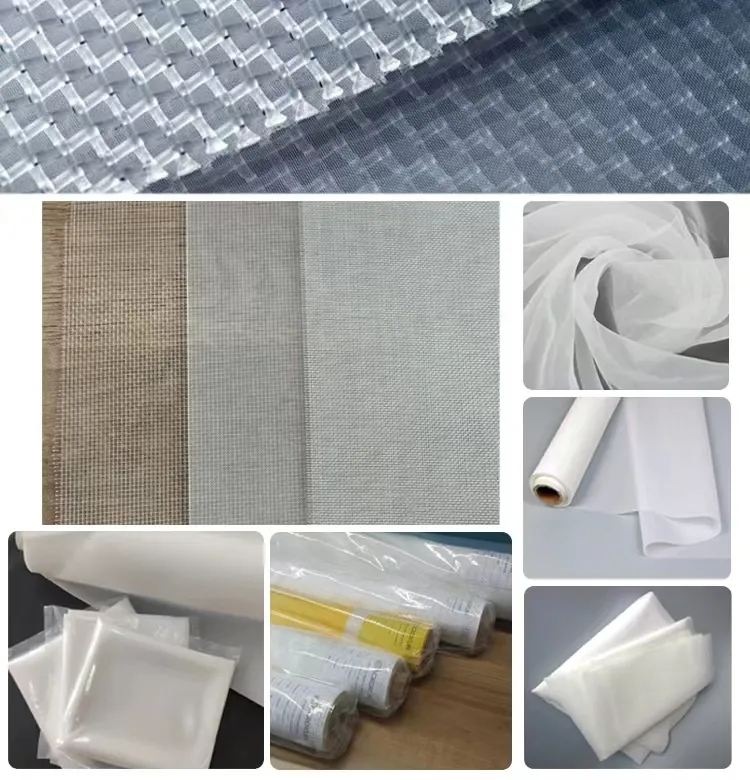-
 Afrikaans
Afrikaans -
 Albanian
Albanian -
 Amharic
Amharic -
 Arabic
Arabic -
 Armenian
Armenian -
 Azerbaijani
Azerbaijani -
 Basque
Basque -
 Belarusian
Belarusian -
 Bengali
Bengali -
 Bosnian
Bosnian -
 Bulgarian
Bulgarian -
 Catalan
Catalan -
 Cebuano
Cebuano -
 China
China -
 Corsican
Corsican -
 Croatian
Croatian -
 Czech
Czech -
 Danish
Danish -
 Dutch
Dutch -
 English
English -
 Esperanto
Esperanto -
 Estonian
Estonian -
 Finnish
Finnish -
 French
French -
 Frisian
Frisian -
 Galician
Galician -
 Georgian
Georgian -
 German
German -
 Greek
Greek -
 Gujarati
Gujarati -
 Haitian Creole
Haitian Creole -
 hausa
hausa -
 hawaiian
hawaiian -
 Hebrew
Hebrew -
 Hindi
Hindi -
 Miao
Miao -
 Hungarian
Hungarian -
 Icelandic
Icelandic -
 igbo
igbo -
 Indonesian
Indonesian -
 irish
irish -
 Italian
Italian -
 Japanese
Japanese -
 Javanese
Javanese -
 Kannada
Kannada -
 kazakh
kazakh -
 Khmer
Khmer -
 Rwandese
Rwandese -
 Korean
Korean -
 Kurdish
Kurdish -
 Kyrgyz
Kyrgyz -
 Lao
Lao -
 Latin
Latin -
 Latvian
Latvian -
 Lithuanian
Lithuanian -
 Luxembourgish
Luxembourgish -
 Macedonian
Macedonian -
 Malgashi
Malgashi -
 Malay
Malay -
 Malayalam
Malayalam -
 Maltese
Maltese -
 Maori
Maori -
 Marathi
Marathi -
 Mongolian
Mongolian -
 Myanmar
Myanmar -
 Nepali
Nepali -
 Norwegian
Norwegian -
 Norwegian
Norwegian -
 Occitan
Occitan -
 Pashto
Pashto -
 Persian
Persian -
 Polish
Polish -
 Portuguese
Portuguese -
 Punjabi
Punjabi -
 Romanian
Romanian -
 Russian
Russian -
 Samoan
Samoan -
 Scottish Gaelic
Scottish Gaelic -
 Serbian
Serbian -
 Sesotho
Sesotho -
 Shona
Shona -
 Sindhi
Sindhi -
 Sinhala
Sinhala -
 Slovak
Slovak -
 Slovenian
Slovenian -
 Somali
Somali -
 Spanish
Spanish -
 Sundanese
Sundanese -
 Swahili
Swahili -
 Swedish
Swedish -
 Tagalog
Tagalog -
 Tajik
Tajik -
 Tamil
Tamil -
 Tatar
Tatar -
 Telugu
Telugu -
 Thai
Thai -
 Turkish
Turkish -
 Turkmen
Turkmen -
 Ukrainian
Ukrainian -
 Urdu
Urdu -
 Uighur
Uighur -
 Uzbek
Uzbek -
 Vietnamese
Vietnamese -
 Welsh
Welsh -
 Bantu
Bantu -
 Yiddish
Yiddish -
 Yoruba
Yoruba -
 Zulu
Zulu
Innovative Nylon Bird Mesh for Enhanced Protection and Reduced Wildlife Interference
The Versatility of Nylon Bird Mesh A Comprehensive Overview
In the realm of bird protection and wildlife management, nylon bird mesh has gained significant traction as an indispensable tool. This specialized material is often used to deter birds from unwanted areas, ensuring both their safety and the preservation of property. With its unique properties, nylon bird mesh boasts a myriad of applications and benefits that make it a go-to choice for homeowners, gardeners, farmers, and conservationists alike.
Composition and Characteristics
Nylon bird mesh is primarily made from high-density polyethylene (HDPE) or nylon fibers that are woven together to create a durable and lightweight netting. This design allows for flexibility while maintaining structural integrity. The mesh typically comes in varying degrees of thickness and mesh size, which can be tailored to suit specific bird species and intended purposes. Key features of nylon bird mesh include UV resistance, moisture resistance, and the ability to withstand both hot and cold temperatures. These characteristics ensure that the mesh remains effective over an extended period, even in harsh environmental conditions.
Applications in Bird Protection
One of the most common uses of nylon bird mesh is in gardens and agricultural settings, where it acts as a protective barrier against birds that might otherwise feast on crops. By installing this mesh, farmers can reduce crop loss and minimize economic impact, thereby ultimately contributing to sustainable farming practices. Moreover, gardeners appreciate the lightweight nature of nylon bird mesh, which can easily be draped over plants to keep birds at bay without hindering sunlight and moisture penetration.
Beyond agriculture, nylon bird mesh is widely utilized in urban environments for the protection of building structures. For instance, mesh can be installed on rooftops and ledges to prevent birds from nesting and causing potential damage to buildings. This not only helps preserve the integrity of the structure but also protects the birds from inadvertently harming themselves by becoming trapped in confined spaces.
nylon bird mesh

Wildlife Conservation and Rehabilitation
Nylon bird mesh also plays a crucial role in wildlife conservation efforts. It is often employed in bird sanctuaries and rehabilitation centers to create safe enclosures for injured or rehabilitating birds. The mesh provides a secure environment where birds can recover and learn to fend for themselves before being released back into the wild. Additionally, nylon bird mesh can be used in breeding programs for endangered species, facilitating controlled environments that promote successful mating and rearing of chicks.
Environmental Considerations
As the global focus on sustainability intensifies, the use of nylon bird mesh aligns well with eco-friendly practices. Unlike traditional bird deterrents, such as chemical sprays or traps, nylon mesh is a non-toxic solution that poses no threat to avian populations. Furthermore, its longevity reduces the frequency of replacements, contributing to lower waste generation. However, it is essential to source these materials from reputable manufacturers who adhere to environmentally responsible practices to ensure the mesh's sustainability.
Conclusion
Nylon bird mesh represents a harmonious blend of functionality and versatility in the realm of bird protection and wildlife management. Its lightweight, durable, and environmentally friendly characteristics make it an attractive option for various applications—from agriculture to urban settings and conservation efforts. As awareness of the importance of preserving wildlife continues to grow, tools like nylon bird mesh will play a pivotal role in ensuring the safety of bird populations while meeting human needs effectively. Embracing such innovative solutions is essential for fostering a balanced coexistence between nature and human activity.
-
Shipping Plastic Bags for Every NeedNewsJul.24,2025
-
Safety Netting: Your Shield in ConstructionNewsJul.24,2025
-
Plastic Mesh Netting for Everyday UseNewsJul.24,2025
-
Nylon Netting for Every UseNewsJul.24,2025
-
Mesh Breeder Box for Fish TanksNewsJul.24,2025
-
Expanded Steel Mesh Offers Durable VersatilityNewsJul.24,2025











